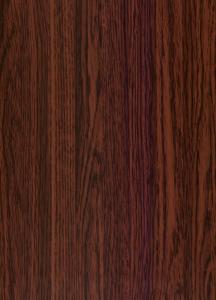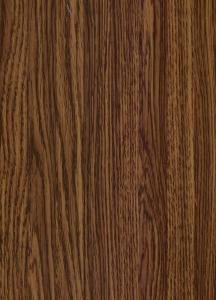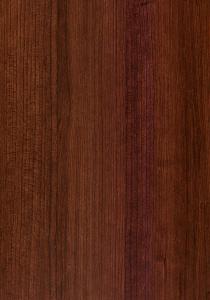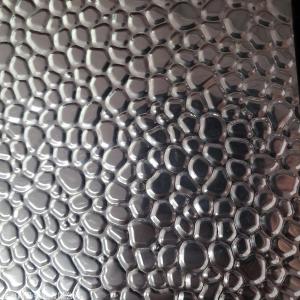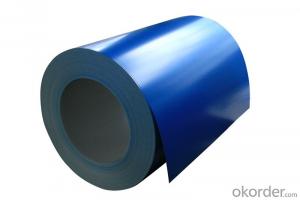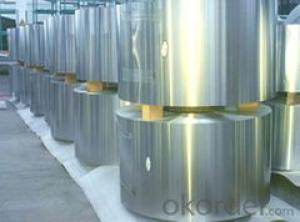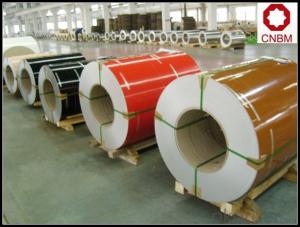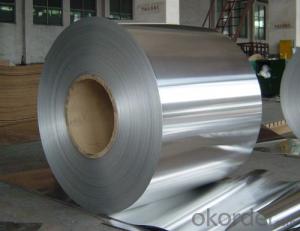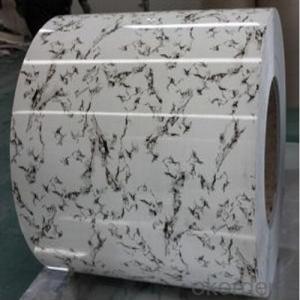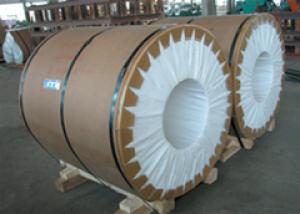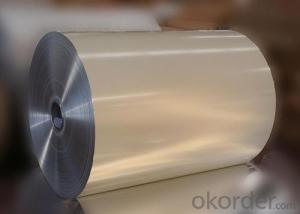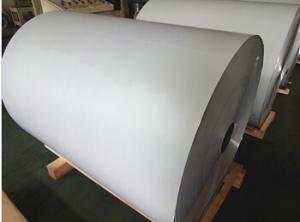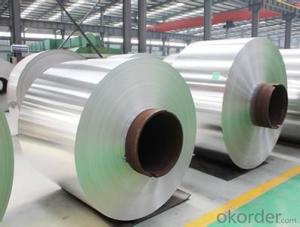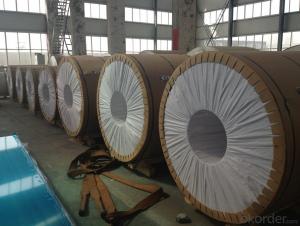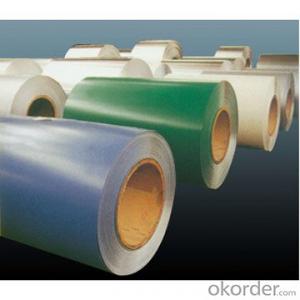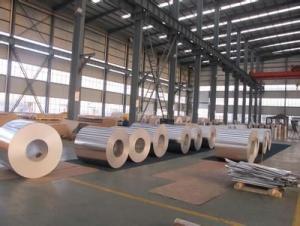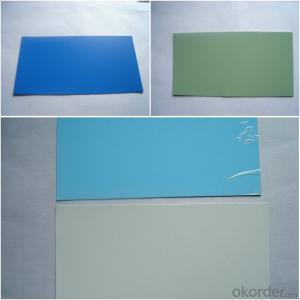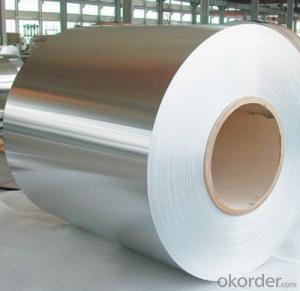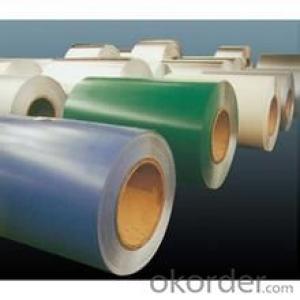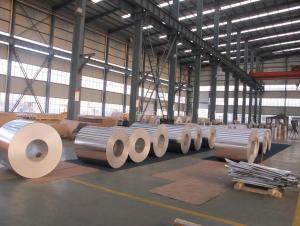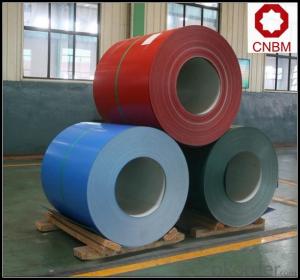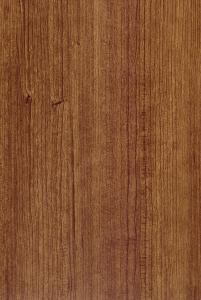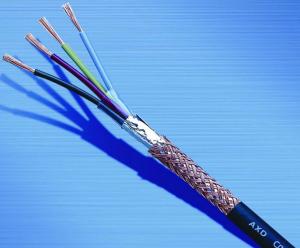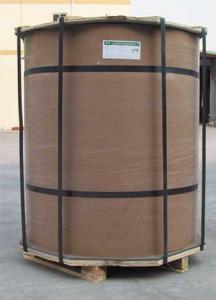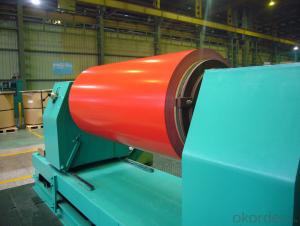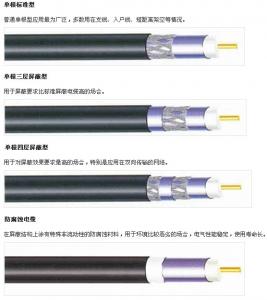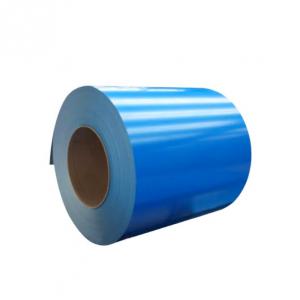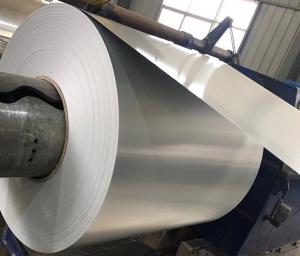Aluminum Voice Coil
Aluminum Voice Coil Related Searches
Aluminum Wire Coil Vinyl Coated Aluminum Coil Aluminum Alloy Coil Aluminum Ac Coil Aluminum Tube Coil Aluminum Copper Coil Aluminum A Coil Aluminum Tubing Coil Aluminum Channel Letter Coil Copper Aluminum Coil Buy Aluminum Coil Aluminum Coil Pipe Aluminum Roof Coil Roll Aluminum Coil Aluminum Evaporator Coil Polished Aluminum Coil Coil Aluminum Anodized Aluminum Coil White Aluminum Coil Pvc Aluminum Coil Aluminum Siding Coil Colored Aluminum Coil Textured Aluminum Coil Channel Letter Aluminum Coil Aluminum Coil White Aluminum Sheet Coil Aluminum Condenser Coil Air Conditioner Aluminum Coil Aluminum Strapping Coil Powder Coated Aluminum CoilAluminum Voice Coil Supplier & Manufacturer from China
Aluminum Voice Coil is a type of voice coil that utilizes aluminum as its primary material, offering numerous benefits such as lightweight construction, improved heat dissipation, and enhanced durability. These voice coils are designed to provide optimal performance in various audio applications, ensuring a high-quality sound experience for users. The aluminum voice coil is widely used in loudspeakers, headphones, and other audio devices, where its superior properties contribute to better sound reproduction and overall performance. Due to its lightweight and efficient heat dissipation, it is particularly well-suited for high-powered audio equipment that demands reliable and consistent operation.In various usage scenarios, the aluminum voice coil stands out for its ability to handle high power levels while maintaining a compact form factor. This makes it an ideal choice for applications where space is limited, such as in-car audio systems or portable speakers. Additionally, its durability ensures a longer lifespan for the audio equipment, reducing the need for frequent replacements and maintenance. The aluminum voice coil's performance in high-powered audio equipment is further enhanced by its ability to dissipate heat effectively, preventing damage to the voice coil and prolonging the life of the audio device.
Okorder.com is a leading wholesale supplier of aluminum voice coils, boasting a large inventory that caters to the needs of various industries and applications. As a reputable supplier, Okorder.com ensures that the aluminum voice coils they provide meet the highest quality standards, offering customers a reliable and efficient solution for their audio equipment requirements. With a wide range of products available, Okorder.com is the go-to destination for those seeking high-performance aluminum voice coils for their audio devices.
Hot Products
